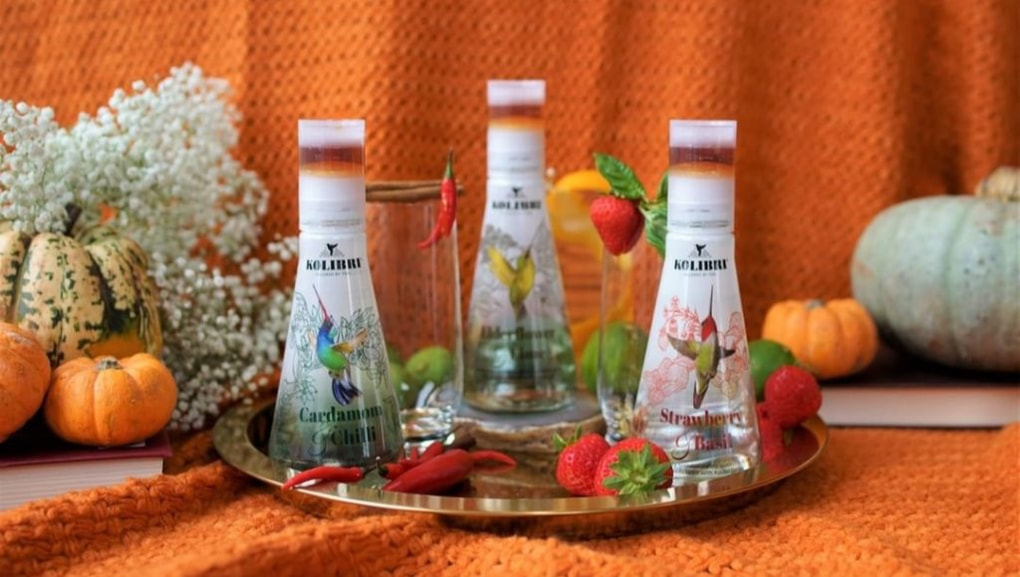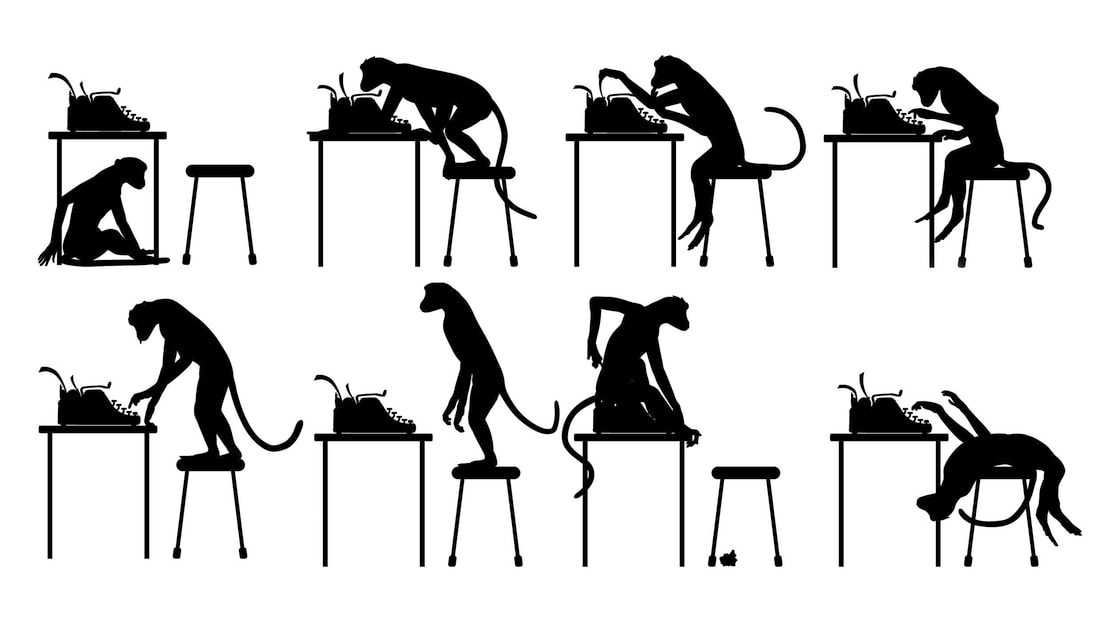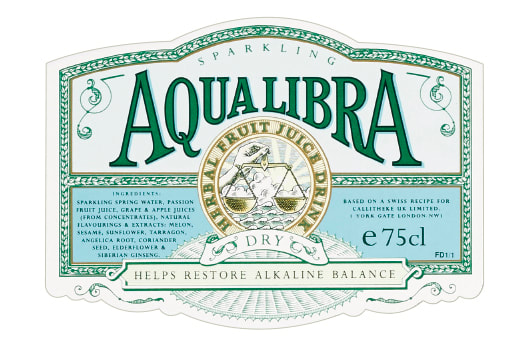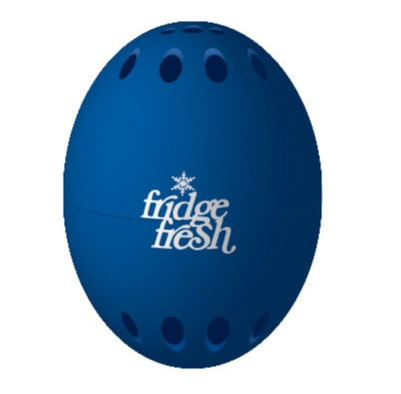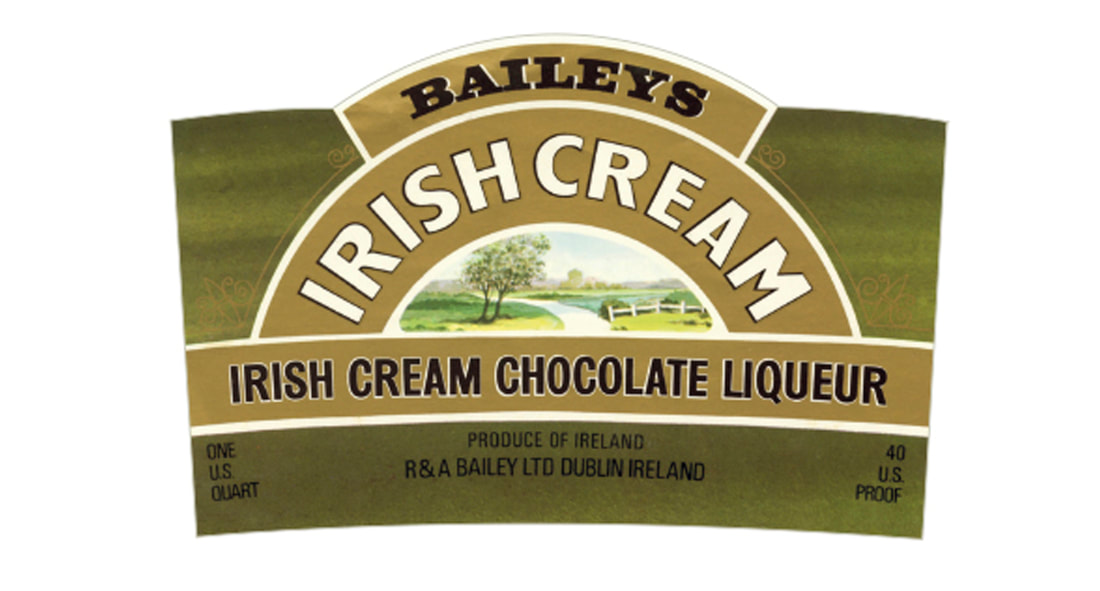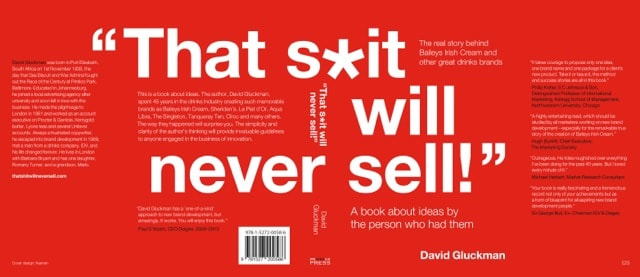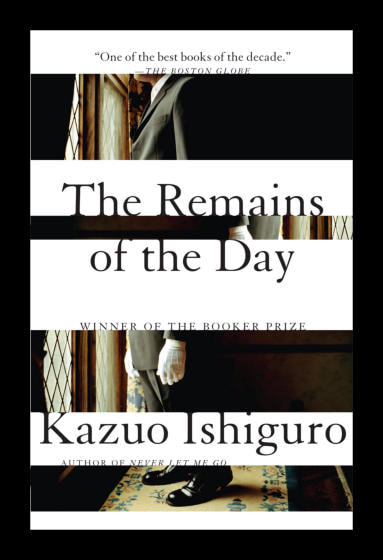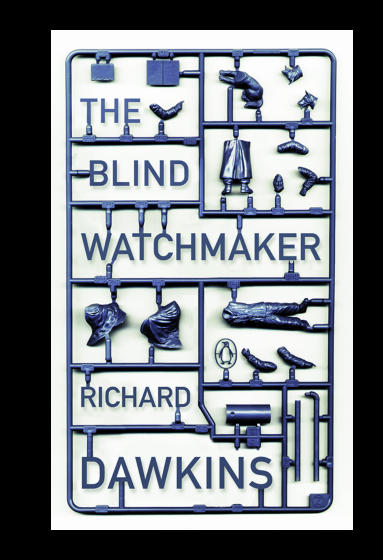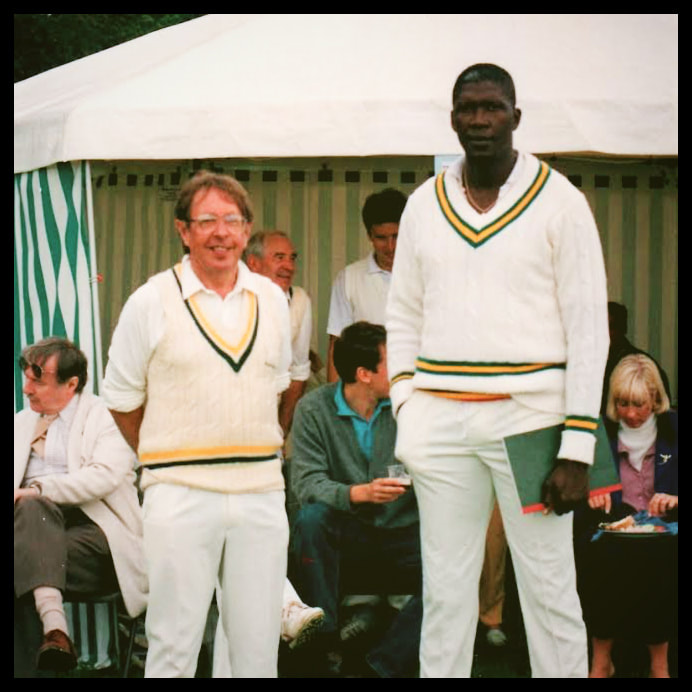|
Le Piat d’Or was the most successful wine brand in the UK in the 1970s.
Its instantly recognisable bottle and easy accessible taste made it the perfect introduction to wine. And its hilarious TV ads drove its popularity. For the full and unlikely story behind Le Piat d’Or read the book which you can preview and order on www.thatshitwillneversell.com There are more stories about famous brands – and it’s a brilliant and unexpected Christmas present. I attended the world’s first ‘Lo and No Beverage Summit’ at the Millennium Hotel in London’s Knightsbridge on 15th and 16th October.
The event was organised by Kisaco Research, a company that specialises in working with ‘early adopters in growth markets’. My major take home was that in future summits, the agenda needs to move on from analysing the broad opportunities for Low & No Alcohol brands, and into drilling down into the products themselves. Why do their offers to consumers represent persuasive alternatives to alcohol? For my full thoughts on the conference, head over to my article on The Buyer by clicking HERE #marketing #lowno #alcoholfree #productdevelopment In a world full of broken paradigms, innovation and thinking outside the box, I had a dig into my memory bank about all the work I did over the past 50 years.
My conclusion? All the best ideas came from INSIDE THE BOX : digging through the data, worrying 24/7, and keeping every good idea I ever heard resting in my head. Common sense over lateral thinking. BAILEYS happened because of prior experience on Kerrygold butter; CIROC because someone in Tblisi said that Georgians back in the day made vodka out of grapes. Have a look inside the box at my book which you can preview and order HERE #branddevelopment #drinksbrands #ideas #innovation Once in a while, if you're really lucky, design can transform a good idea into a great one.
Another piece of Wagner genius. The brief was skimpy. A short telephone call. We were off abroad and needed a rough design to explain a fairly unusual idea to the IDV board a few days later. We got back from our trip and there it was, the perfect realisation of the idea and just the one. I couldn’t believe that it would end up looking that good. Aqua Libra became one of the iconic brands of the 1980s and even Princess Diana volunteered that it was one of her favourite drinks. (It was in The Mail on Sunday, so it must have been true). For the full story buy my book which you can preview HERE PS Aqua Libra, along with another one of my brands, Purdey’s, landed in Britvic’s hands. They are doing a great job with Purdey’s. But instead of bringing beautiful Aqua Libra back to life, they turned our beautiful Bugatti into a Vauxhall Viva! #design #innovation #ideas #newbrands #drinks Soon after he designed the Baileys label, Bob Wagner took space in the back room of our office. It was 1974 and factories were on a 3-day week. Times were tough.
I had seen an ad for Arm & Hammer Baking soda on TV during a trip New York. It was being promoted as a Fridge Freshener. Intriguing idea. I went to Bob and said “I think a fridge deodoriser is worth a look. But surely we can come up with a better design than a cardboard box?” We wanted to see if we could develop the idea and sell it to an interested client. About a week later, Bob quietly showed us the egg design. We thought it was perfect. The iconic shape, the brilliant logo and the snowflake dot to the ‘I’. Breathtakingly good. We never found a client to take on the idea. So we did it ourselves. And it did pretty well. I wrote an ad for it which went on bus sides that read NO MORE KIPPER-FLAVOURED MILK. For the full story and many more, click HERE see my book “That s*it will never sell!” #design #ideas #innovation #newbrands #advertising I spent a lifetime in the brand development business. During that time I must have been part of a team that passed judgment on more than 2,000 designs.
Looking back, I can think of three designs that I think deserved ‘icon’ status. Strangely, they were all created by the same man, a quiet, modest genius called Bob Wagner. First, he designed the Baileys Irish Cream label. We’d never met and I briefed him on the telephone. He didn’t even present the work. He sent it to us via his wife Amy, who was part of our team. His Baileys label became the generic design for all subsequent cream liqueurs. If you’re interested in the full story, click HERE where you can preview and order my book. More about Bob Wagner’s other iconic designs coming soon! #branding #design #advertising #ideas #drinks Originally posted 13/2/2017 I recently finished writing a book about my working life. Though I tried as hard as I could, I wasn’t able to persuade a publisher to take it on. So I had to publish it myself. Having completed the text, I scoured the internet over a few months looking for someone to design the cover. I either ran into nameless, faceless dirt cheap designers from places like Mangalore or Manila, who would do me a dozen covers for £30. Or there were (allegedly) global outfits who had done everything from Shakespeare to Solzhenitsyn and would show me a good time for a five-digit fee. In my brand development life we got little joy from large design outfits. The presentations were flash, the suits were impressive – but we never met the individuals who did the designing. We only met front men who were great at talking the talk. But in reality, all our successful designs came from small outfits where we met the people who did the drawing and were able to inspire them with our enthusiasm. This was my book, my project and I wanted a one-man band. Then I came across Jamie Keenan. I saw his designs on the internet and I thought they were wonderfully imaginative. And he’d done everyone from Richard Dawkins to Kazuo Ishiguro so I figured he’d do for me. I called him up. “How big is your company?” I asked. “I’m it.” He replied. He worked in a small studio in Dalston in North London. “What’s your book about?” he asked. “It’s about inventing new brands mainly in the drinks business,” I replied. He asked if he could read it. I asked, in exchange, if we could meet. (I don’t imagine he met Dawkins or Ishiguro.) He asked me to give him a couple of weeks to read the book and I did.
We met one lunch time. I wanted to chat and find out about him and his approach to design. We talked. He kept looking at his bag. He said he had been quite intimidated by the thesis in my book that I didn’t like designers who presented a raft of options in response to a brief. I liked people who came with a single idea, who really believed they had solved the problem. That’s how I had worked. No Plan B. He said, gingerly “I have a design for you.” I hadn’t expected it. It was a single thought. Here it is. I thought it was inspired and I bought it on the spot. It made me think that if there was a lesson in my book, Jamie had applied it. He saw what I was getting at in asking for a single solution. It would have been easy for him to have done a dozen designs and left the decision to me. But he didn’t. He put his reputation on the line. And it worked. |

